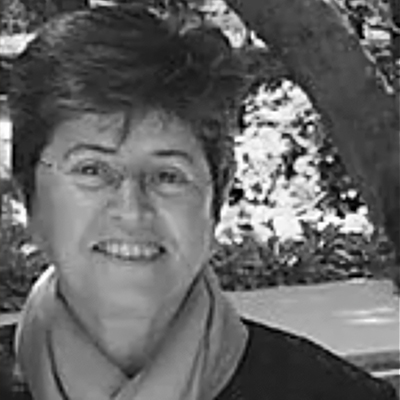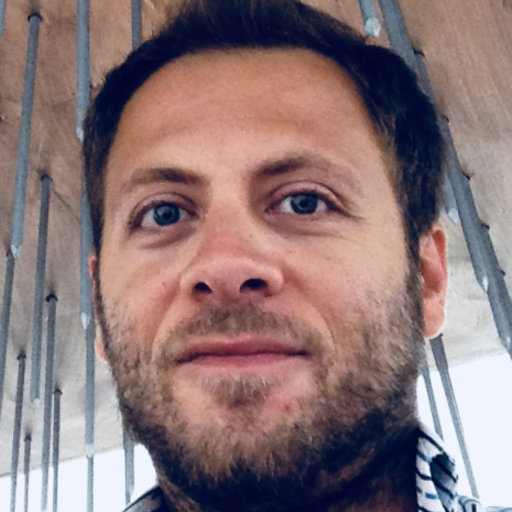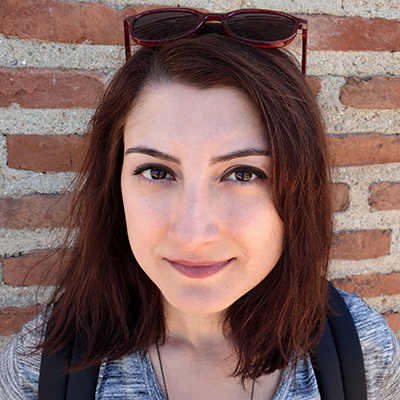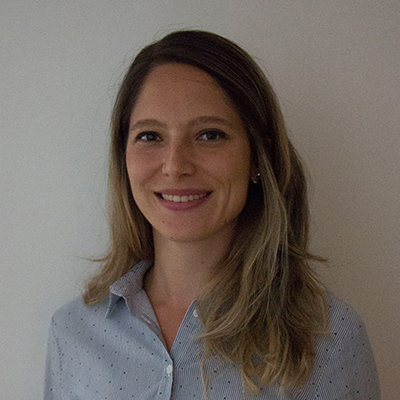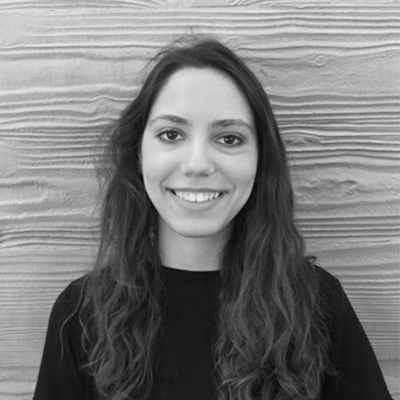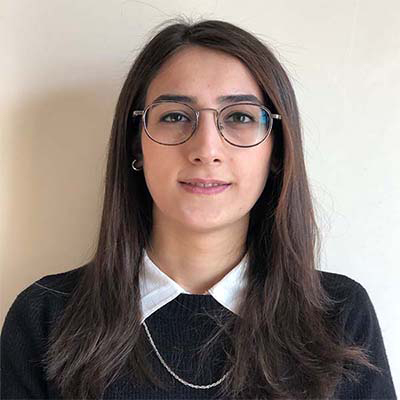MBL 601 Evolutionary Approaches in Architectural Design
Prof. Dr. Gülen Çağdaş, Asst. Prof. Dr. Ethem Gürer, Res. Assist. Özlem Çavuş
2020-2021 Spring
Form Explorations in Audio Data: An L-System-Based Model
This study provides a framework for using audio data in creating three-dimensional forms based on Lindenmayer Systems. To create a common approach between the L-System grammars used in the biologically inspired growth process and the sound amplitude, we used hexadecimal representation. In the representation process based on the quantification process of audio data, a 16-step sampling process using 4 bits was applied to both the audio data.
Completion of Digital Cultural Heritage Objects with Voronoi-Based Generative Design Method
Developing digital technologies support the preservation of cultural heritage, allowing the artifacts to be documented and integrated digitally without the risk of damaging their original states. In this study, it is aimed to integrate the missing parts of the cultural heritage objects distinctively, by digitally filling them with a generative design method. The new formations are produced based on the Cellular Automata approach in which Voronoi diagrams are used.
Representation of Knowledge Generation and Movement in Design Process with Generative Systems
The design process is the search for an optimum solution within the problem and solution spaces, in which the evolutionary development of knowledge is active, with a series of actions. This research aims to create a dynamic representation of the evolutionary development of the knowledge that emerges with the design actions and the relationships between them, with generative systems.
A Pixel-Based Framework Proposal for Evolutionary Art
A pixel-based framework was proposed for evolutionary art, focusing on the possibilities of evolutionary approaches in terms of creativity. Two different works of art were processed for the fitness function, one for contrast and the other for color values. Following the experiments of a single cell and four cells, it was necessary to wait for a long time for a meaningful result. It has been proven in single and four cell trials that the algorithm achieves accurate and acceptable results despite the waiting duration limit.
A Study on Conversion Work from 2D Polygon Shapes to Curved Shapes with Using Genetic Algorithms
In this study explored techniques for transforming curved shapes on 2D polygons. Six different shapes were used in the study. 6 shape recognition technique were optimized with genetic algorithm. In the future, this study can be enhanced to convert 3D polygon models to NURBS models.
Visualization of Structural System Behaviors for Architectural Form Alternatives in the Preliminary Design Phase
In the study, it is aimed to visualize the structural behaviors of the architectural form that emerged during the preliminary design phase by using Rhino’s Grasshopper plugin. At this stage, by visualizing the general behavior of the building, a tool that integrates with the architectural form and contributes to the optimum solution, beyond the usual structural solutions, has been revealed. Thus, in the preliminary design phase, consistent data can be produced on critical issues of structural behavior such as deformation, structural weight, area of critical cross-section, and material.
An Expert System Approach That Uses Sketch As a Medium
Expert system works with numerical design parameters. They use those parameters in fitness functions and try to find optimum design solution. Rather than this approach, this study focus on using composite sketches(sketches with shapes and signs) in knowledge acquiring, computation and interface phases. A pix2pix model trained with expert design sketch pairs are used. One of the image in pair is, design problem( a building plan, entry point and unit borders) and other image is the expert’s solution(circulation area drawn onto plan).So computational problem converted from numerical optimization process into image conversation process with AI.
Seeking Deleuzian Thought in Multi-Agent Systems
This study aims to discuss the representation mechanisms made possible by multi-agent systems at an interpretative level with an interdisciplinary stance. For this purpose, the logic of swarm behaviors in multi-agent systems and the Deleuzian concepts of machine, assemblage, rhizome, and flow were mainly focused. Here, the relation between multi-agent systems and the Deleuzian thought was explored and interpreted through dynamic visual representations which were created in the Processing environment.
Contributors
Copyright © Architectural Design Computing Graduate Program of Istanbul Technical University, Graduate School, Department of Informatics, 2021. No part of this site, [mbi.itu.edu.tr], may be reproduced in whole or in part in any manner without the permission of the copyright owner.
